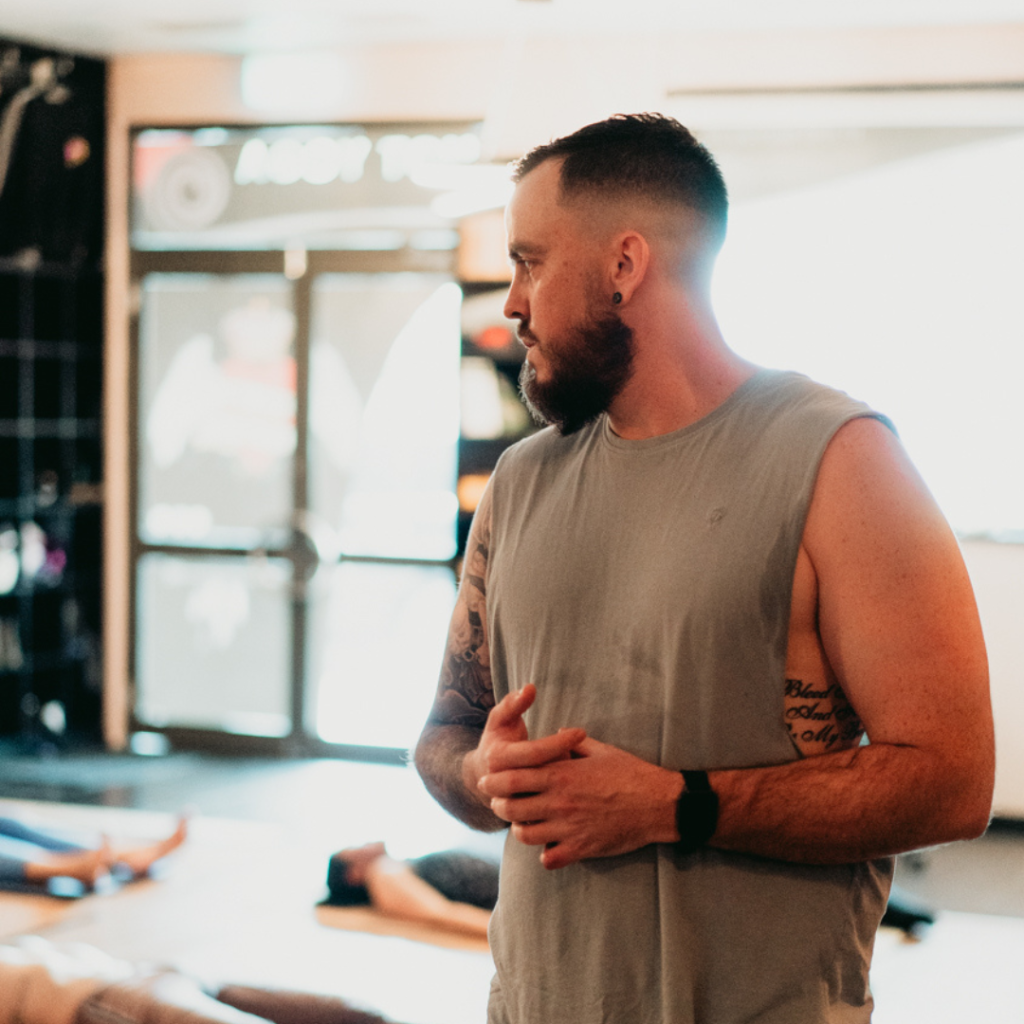In the realm of yoga, Staff Pose (Dandasana) often serves as an unassuming yet powerful foundation for many seated postures and stretches. Its apparent simplicity belies its significant benefits, making it an essential practice for yogis of all levels. We appreciate the subtleties of Staff Pose and its role in building core strength, improving posture, and laying the groundwork for more complex asanas.
The Significance of Staff Pose
Staff Pose is more than just sitting on the ground with your legs extended. It is an active pose that engages the muscles of the legs, back, and abdomen, mirroring the structural and functional alignment that is crucial in yoga. By mastering Dandasana, practitioners can enhance their awareness of their body’s alignment, which is pivotal for achieving correct form and balance in other poses.
Physical Benefits: Core Strength and More
One of the primary benefits of Staff Pose is its ability to strengthen the core muscles. By maintaining an upright, alert posture, you engage the abdominal and lower back muscles, which are essential for overall stability and strength. Additionally, Dandasana actively stretches the hamstrings and calves, promoting flexibility in the legs. It also encourages circulation in the legs, making it particularly beneficial for those who spend long hours sitting.
Enhancing Posture and Breathing
Staff Pose is an excellent tool for improving posture. It teaches practitioners to sit up straight without support, which can help correct poor posture habits that contribute to back pain and ineffective breathing. Moreover, the upright position of Dandasana opens the chest, allowing for deeper, more efficient breathing, which is vital for both yoga practice and daily life.
Practicing Staff Pose: A Step-by-Step Guide
- Begin by sitting on a yoga mat with your legs extended in front of you. If the floor feels too hard, a folded blanket under the sit bones can provide comfort.
- Flex your feet, pointing them directly upward, and press your heels away from your body to activate the muscles of your legs.
- Place your palms on the floor beside your hips, fingers pointing forward, to help lengthen your spine. Press down into your hands to lift your chest and draw your shoulders back.
- Engage your abdominal muscles slightly to support your spine. Ensure that your back is straight and your head is aligned with your spine.
- Hold the pose for 1 to 2 minutes, focusing on maintaining firm leg engagement and a tall, extended spine.
- Breathe deeply throughout the pose, feeling the chest expand and contract with each breath.
Integrating Staff Pose into Your Practice
Staff Pose can serve as a starting point for many seated forward bends and twists, making it a versatile and useful posture in any yoga sequence. Its simplicity allows for focus on breath control and mindfulness, making it also suitable for meditation.
Conclusion
Staff Pose is a fundamental yet profound posture that forms the core of many yoga practices. We encourage practitioners to delve into the subtleties of Dandasana, exploring how this basic posture can improve your yoga practice, enhance your posture, and strengthen your core. It is a testament to the fact that in yoga, even the simplest poses can have deep and meaningful impacts on our physical and mental well-being.


